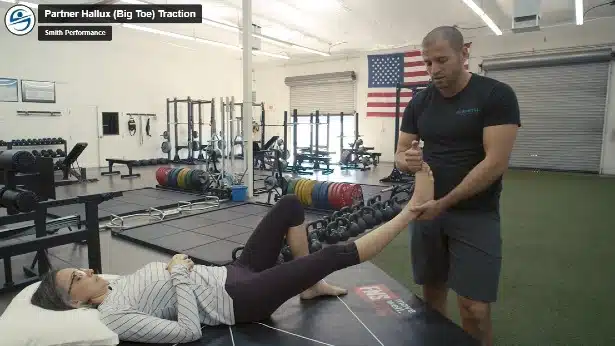
When and where you feel foot pain during walking is key for diagnosis
When and where you experience foot pain during walking is diagnostic. This means we can figure out the pain generator. That is a large list. It can be the fat pad, your fascia (the most common, incorrect diagnosis), plantar intrinsics (muscles on the bottom of the foot which is primarily the flexor digitorum brevis, abductor hallucis, and abductor digiti minimi), the flexor hallucis longus, the tibial nerve, the medial or lateral plantar nerve, the calcaneus, the talus, the bones of the midfoot and forefoot, the foot and ankle joints, ligaments, the hallux (big toe), or the little toes. It does not include referral into the foot from your low back or hip. With the foot, we know when the different structures that can cause pain are loaded during walking and we know that the location of pain is likely where the pain generator resides because of the higher receptor field











